Imagine a city that anticipates your needs. Traffic lights adjust to ease congestion during rush hour. Bins alert sanitation crews when they’re full. Streetlights automatically dim when no one’s around, saving energy.
This isn’t science fiction; it’s the reality of smart cities powered by the Internet of Things (IoT).
The Internet of Things revolution is transforming our lives, and cities are at the forefront of this exciting change. By connecting everyday objects to the internet, we’re creating a network of intelligent devices that collect and share data, paving the way for a more efficient, sustainable, and citizen-centric urban experience.
The Power of Pervasive Connectivity

At the heart of any intelligent city lies a network of interconnected devices – sensors, cameras, meters, and more.
These devices gather real-time data on traffic flow, air quality, parking availability, and waste management. This data is transmitted wirelessly to a central platform, where it’s analyzed and optimized for city operations.
Transforming Urban Infrastructure with the Internet of Things Solutions
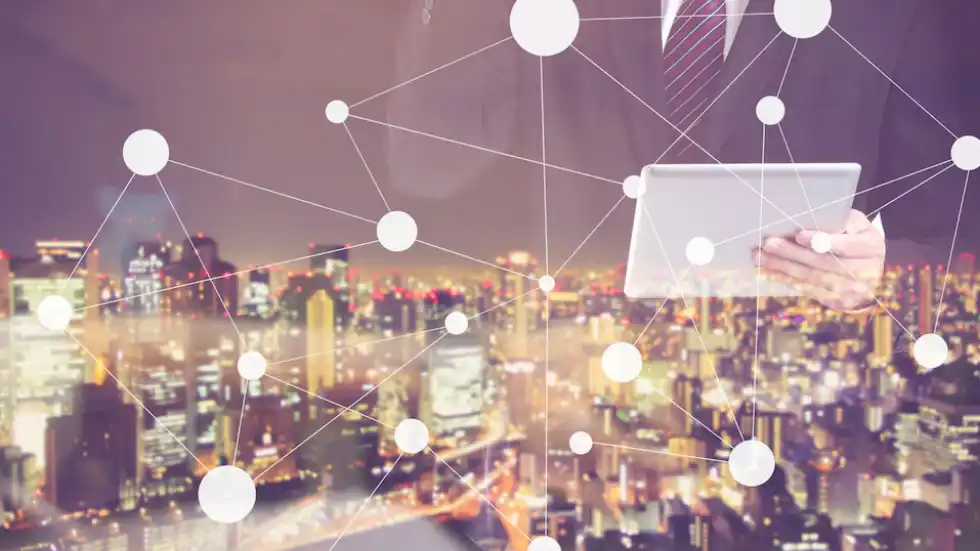
Let’s delve into some of the captivating applications of the Internet of Things in smart cities:
- More competent Traffic Management with IoT: Imagine traffic lights that adjust to real-time traffic conditions, reducing congestion and travel time. Sensors detect vehicle density and automatically modify light cycles, ensuring a smoother traffic flow.
- Enhanced Public Safety with IoT Devices: IoT-powered security cameras with facial recognition and object detection capabilities can deter crime and improve response times. Intelligent streetlights can automatically brighten upon detecting suspicious activity, deterring potential criminal behavior.
- Sustainable Waste Management through IoT Sensors: Smart bins equipped with fill-level sensors can alert sanitation crews when they are nearing capacity, optimizing waste collection routes and reducing unnecessary truck trips.
- Optimized Energy Consumption with Smart Meters: Smart meters and sensors can monitor energy usage in buildings and public spaces. This data can identify areas for improvement and implement energy-saving measures like automatic light dimming or adjusting HVAC systems based on real-time occupancy.
- Improved Environmental Monitoring with IoT Technology: Air quality sensors can track pollution levels, allowing city officials to take proactive measures like issuing smog alerts or implementing targeted emission reduction strategies.
Beyond Efficiency: Enhancing Citizen Experience with Smart City Apps
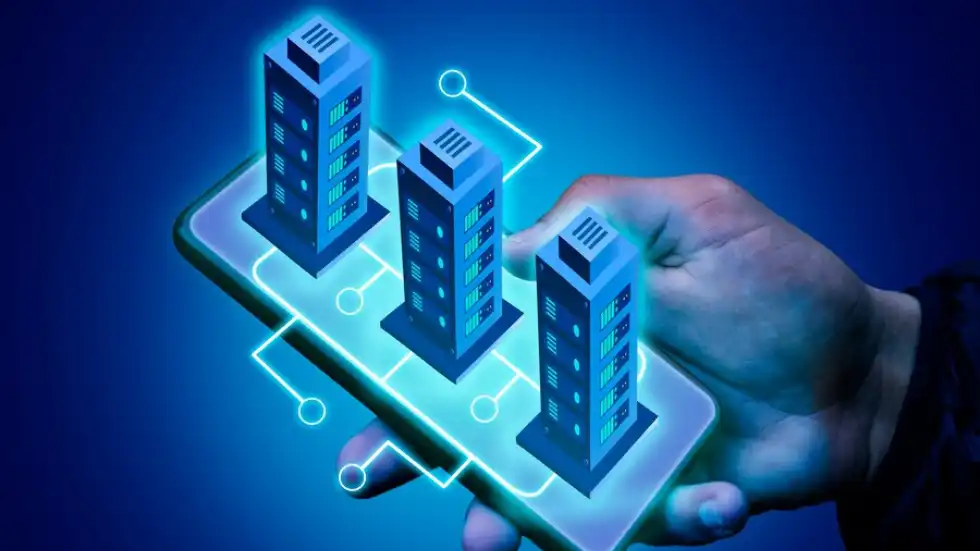
The benefits of the Internet of Things in intelligent cities extend beyond optimizing infrastructure. Here’s how it improves the lives of citizens:
- Personalized Services with Smart City Apps: Imagine receiving real-time updates on public transportation arrival times or finding the closest available parking spot through your smartphone. Intelligent city apps can provide citizens personalized information and services, making daily commutes and errands more convenient.
- Improved Public Spaces with IoT Sensors: Sensor-equipped parks can monitor noise levels and adjust lighting based on usage, creating more enjoyable and secure spaces for residents.
- Citizen Engagement with Smart City Platforms: Smart city platforms can be two-way streets, allowing citizens to report issues like potholes or malfunctioning streetlights directly to relevant authorities. This fosters a sense of community ownership and empowers citizens to play a role in shaping their city.
Challenges and Considerations on the Road to Smart Cities
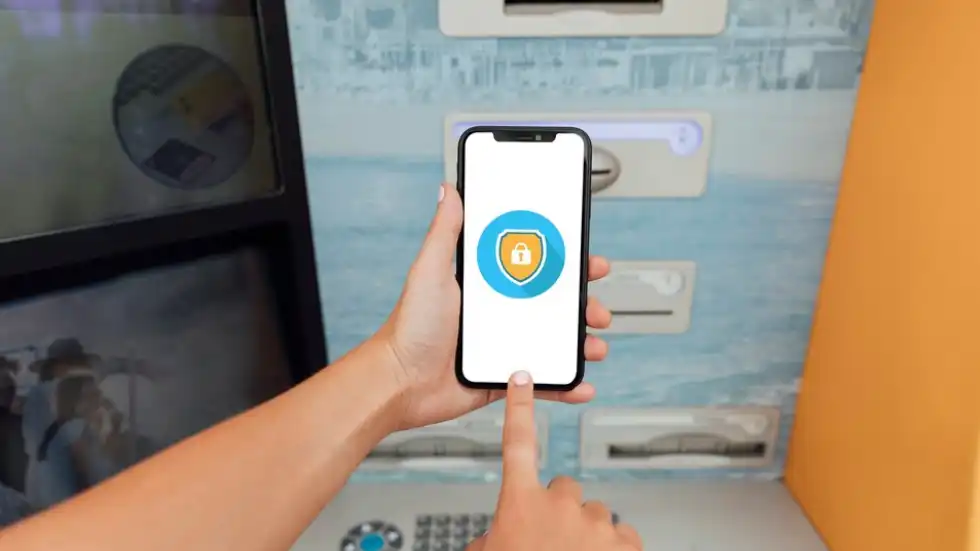
While the potential of Internet of Things in smart cities is undeniable, some challenges need to be addressed:
- Security and Privacy Concerns with IoT Data: A network of interconnected devices raises concerns about data security and privacy. Robust cybersecurity measures must be implemented to protect sensitive citizen information.
- Standardization and Interoperability for Smart City Devices: Different devices and platforms need to communicate effectively for a city to function seamlessly. Establishing standardized protocols and ensuring interoperability is crucial.
- Infrastructure Investment for Smart City Development: Building a smart city requires an upfront investment in sensors, network infrastructure, and data analytics platforms. Finding innovative financing models is essential for widespread adoption.
The Future of Smart Cities: A Collaborative Journey
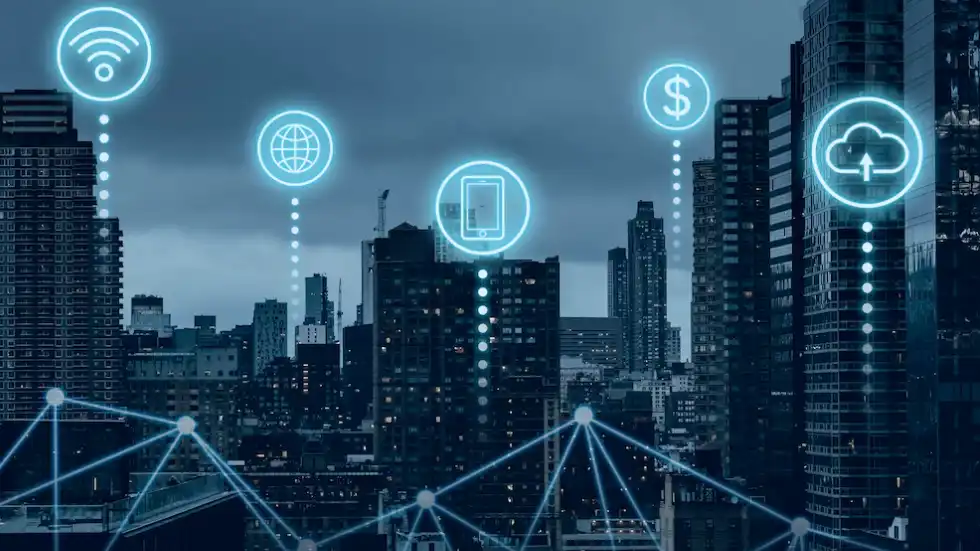
The journey towards smart cities is a collaborative effort. It requires partnerships between city governments, technology companies, research institutions, and, most importantly, citizens themselves.
By working together, we can leverage the power of the Internet of Things to create a future where cities are not just places to live but vibrant, interconnected ecosystems that enhance the well-being of all residents.
Citizen Participation: The Missing Piece of the Smart City Puzzle
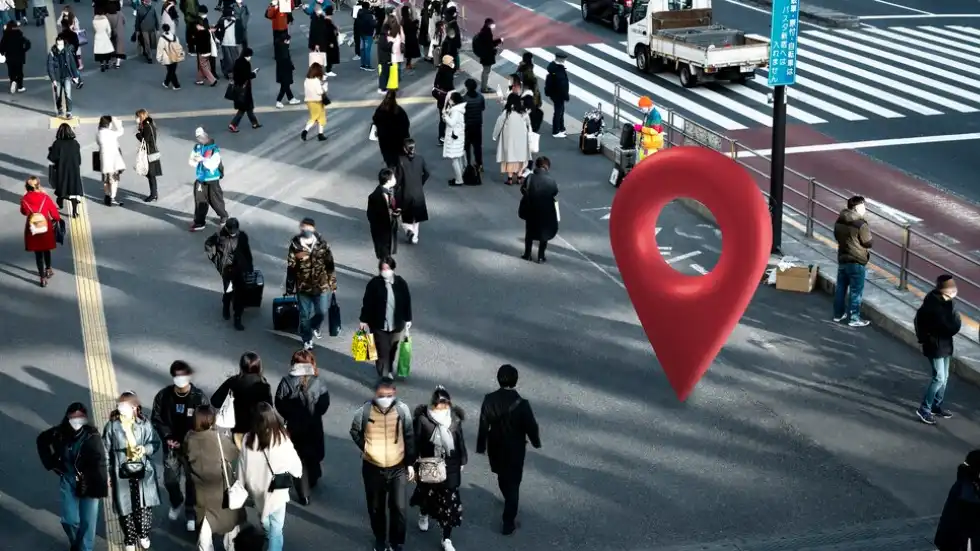
The success of any smart city initiative hinges on citizen participation. Here’s why:
- Public Awareness and Education on Smart Cities: Citizens must understand the benefits and potential risks of intelligent city technologies to foster trust and encourage adoption.
- Community Input and Feedback for Smart City Initiatives: Citizen input shapes intelligent city initiatives. Open communication and feedback mechanisms are essential to ensure that technology serves the community’s needs.
Empowering citizens to shape their intelligent city journey actively is the key to creating a sustainable and thriving urban future.
Additional Resources:
